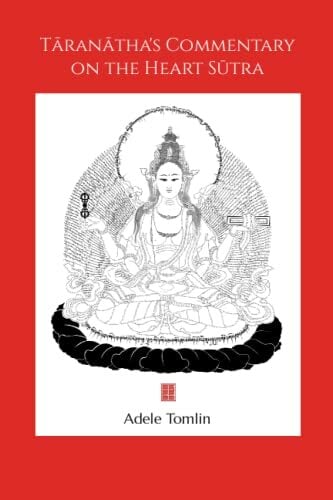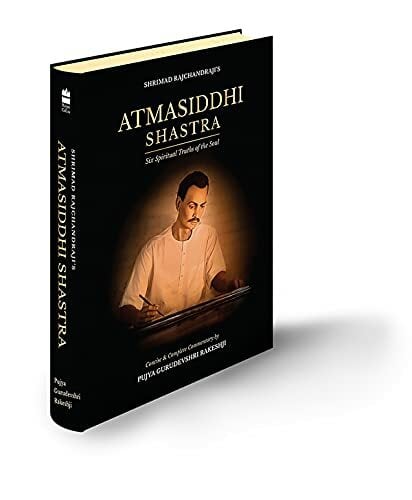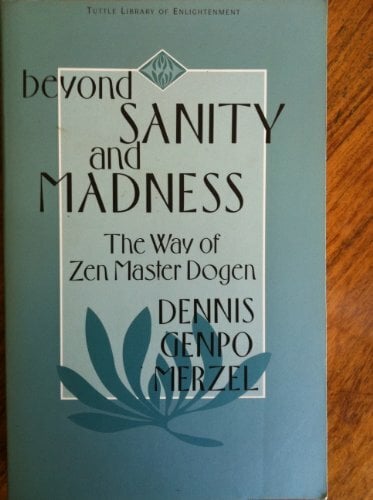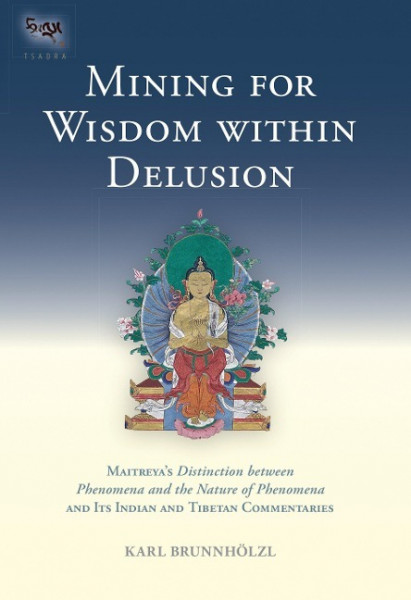
Mining for Wisdom Within Delusion: Maitreya's Distinction Between Phenomena and the Nature of Phenomena and Its Indian and Tibetan Commentaries
Kurzinformation
inkl. MwSt. Versandinformationen
Artikel zZt. nicht lieferbar
Artikel zZt. nicht lieferbar

Beschreibung
Maitreya's Distinction between Phenomena and the Nature of Phenomena distinguishes the illusory phenomenal world of saṃsara produced by the confused dualistic mind from the ultimate reality that is mind's true nature. The transition from the one to the other is the process of "mining for wisdom within delusion." Maitreya's text calls this "the fundamental change," which refers to the vanishing of delusive appearances through practicing the path, thus revealing the underlying changeless nature of these appearances. In this context, the main part of the text consists of the most detailed explanation of nonconceptual wisdom-the primary driving force of the path as well as its ultimate result-in Buddhist literature. The introduction of the book discusses these two topics (fundamental change and nonconceptual wisdom) at length and shows how they are treated in a number of other Buddhist scriptures. The three translated commentaries, by Vasubandhu, the Third Karmapa, Rangjung Dorje, and Gö Lotsawa, as well as excerpts from all other available commentaries on Maitreya's text, put it in the larger context of the Indian Yogacara School and further clarify its main themes. They also show how this text is not a mere scholarly document, but an essential foundation for practicing both the sutrayana and the vajrayana and thus making what it describes a living experience. The book also discusses the remaining four of the five works of Maitreya, their transmission from India to Tibet, and various views about them in the Tibetan tradition. von Brunnholzl, Karl
Produktdetails

So garantieren wir Dir zu jeder Zeit Premiumqualität.
Über den Autor
Karl Brunnhölzl, MD, was trained as a physician and also studied Tibetology. He received his systematic training in Tibetan language and Buddhist philosophy and practice at the Marpa Institute for Translators, founded by Khenpo Tsultrim Gyamtso Rinpoche. Since 1989 he has been a translator and interpreter from Tibetan and English. He is presently involved with the Nitartha Institute as a teacher and translator.

- paperback
- 224 Seiten
- Erschienen 1993
- Himalayan Institute Press
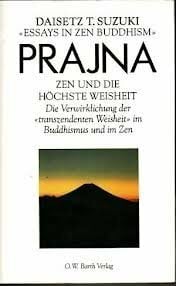
- hardcover -
- Erschienen 1990
- O. W. Barth,

- paperback
- 176 Seiten
- Erschienen 2020
- Wisdom Publications

- paperback
- 550 Seiten
- Erschienen 1999
- Chetana

- paperback
- 272 Seiten
- Erschienen 2002
- Snow Lion



















